How do I connect my home theater to my TV?
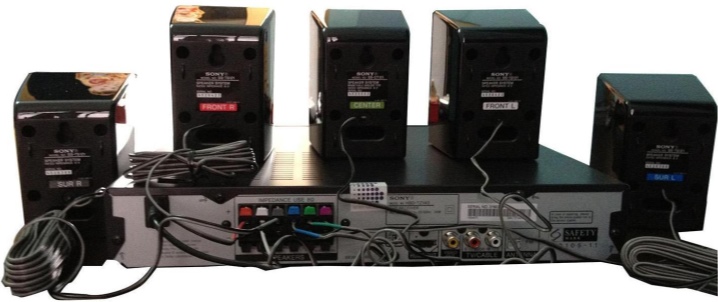
Thanks to home theater, everyone can get the most out of their favorite movie. Moreover, surround sound makes the viewer completely immersed in the atmosphere of the film, to become a part of it. For these reasons, today's consumers give their preference to home theaters rather than outdated hi-fi stereos. And most importantly, you don't need to be a genius to connect to a video system - it is enough to make a couple of simple manipulations, and an ordinary Smart-TV becomes a high-quality sound and video player.
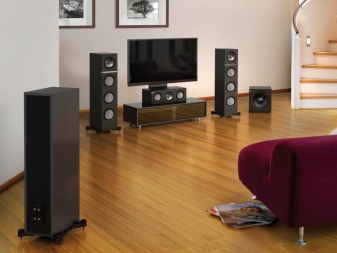
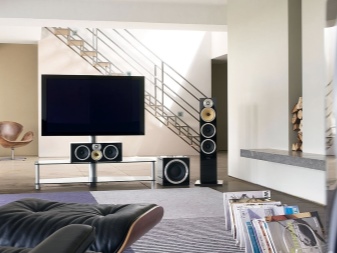
Basic connection rules
Before connecting your home theater to a TV, you need to check the contents of the purchased device. The absence of any details will certainly complicate the process of installing the structure. First of all, you need to make sure you have a receiver. This device plays an important role in any home theater model. The receiver processes and reproduces the signal, transmits the picture to the TV screen and speakers... The second, but no less important, detail is the audio system. Most often it consists of 5 speakers and a subwoofer - an audio system element responsible for high-quality sound reproduction with low frequencies. And the last thing that should also be present in a home theater package is signal source.
As a rule, this is a dvd player familiar to everyone.
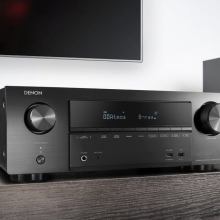

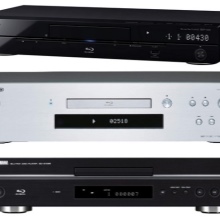
After checking the presence of all the required elements, you can start connecting the audio system. The main thing is to follow the sequence, otherwise you can get confused. In general, connecting your home theater to your TV is easy. Of course, you can take a user manual, where the wiring diagram is clearly spelled out. However, not all such documents have a detailed explanation of the action. Just for such cases, it is proposed to use the universal method of connecting a video system.
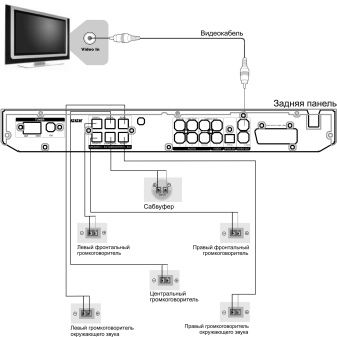
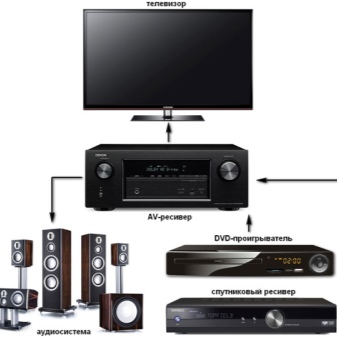
Connecting a TV to a receiver to display the picture on the screen
In modern TV models, several HDMI connectors are necessarily present. With their help, obtaining high definition is provided - a high-quality high-resolution signal. For connection, a special wire with appropriate plugs is used, which is present in the home theater kit. The “in” side of the wire is connected to the input connector of the TV, the “out” side of the wire is connected to the output in the receiver.
If the TV does not have an HDMI connector, correctly connect the receiver to the TV screen using a coaxial cable and three plugs of different colors, each of which is inserted into a deck with a corresponding color gamut.
European home theater systems have a SCART connector that also connects the TV to the receiver.

Connecting the receiver to an audio system to output sounds to the speakers
Several simple methods can be used to output sound to your home theater speakers, namely wireless and wired connections.
The wireless version implies the use of special equipment that allows audio broadcasting within a radius of 30 meters. This special equipment is Wireless System transmitter. It routes the audio signal from the DVD player to the receiver, and then the sound is sent to the speakers.
The wired connection is based on standard type cables.

Connecting a TV to a receiver to output sound to speakers
Modern manufacturers are constantly improving the design of the construction of televisions. And first of all, they try to make them thinner. However, this feature negatively affects the quality of acoustics. And home theater easily saves the day.
At this stage it is best to connect the TV and receiver via HDMI, and then set up the TV to send sound through external speakers.
It is important to carry out the presented manipulations in the order indicated. Otherwise, the process of connecting the home theater will fail, which will cause you to repeat the procedure.
Some users are sure that it is not possible to connect an old TV to a new home theater.
And this is the correct belief when it comes to TV models with a huge picture tube on the back of the structure.
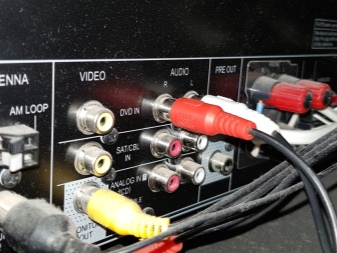
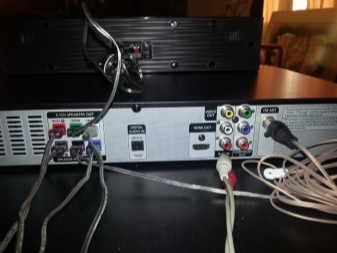
Video setup
Before you start adjusting the picture on the TV screen, you must turn off the automatic installation function, which is built into each device by default. Thanks to the ability to manually change the parameters, it will be possible to achieve the most realistic image.
For self-tuning of high-quality video a few basic parameters need to be adjusted.
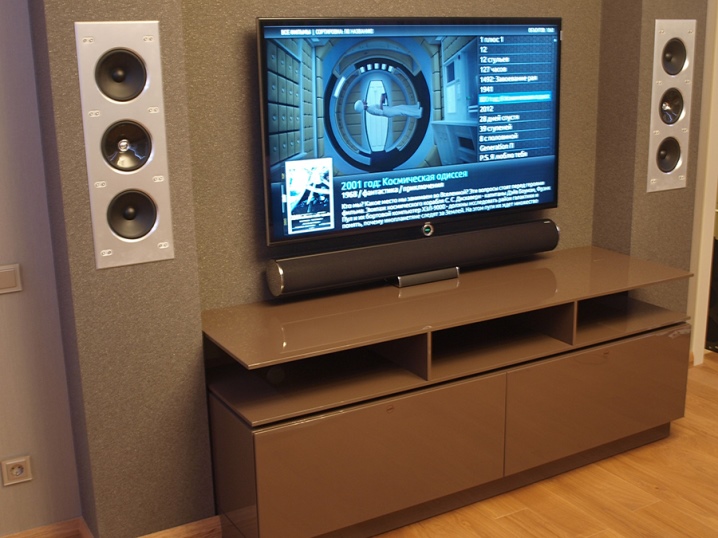
Boundaries
There are arrows in the corners on the right and left sides of the picture. They should touch the edges of the display, but only with sharp points. If the size turns out to be incorrect, the clarity of the image will be noticeably reduced, and the picture will be cropped. To adjust the borders, you need to go to the menu and adjust the Overscan, P-t-P, Full Pixel, Original sections.
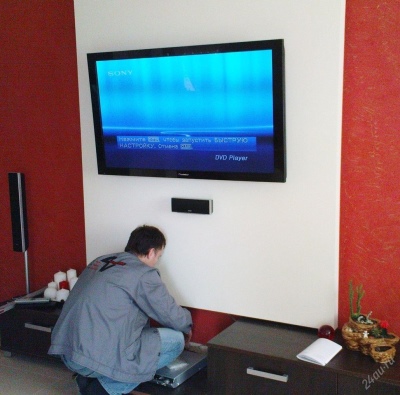
Brightness
A correctly adjusted parameter is characterized by visibility at the bottom of the screen in all shades with clearly defined contours. There are 32 of them in total. At a low brightness level, the saturation of gray tones increases, which is why the dark parts of the frames on the screen completely merge into a single mass. When the brightness setting is increased, all the light areas of the image are merged.
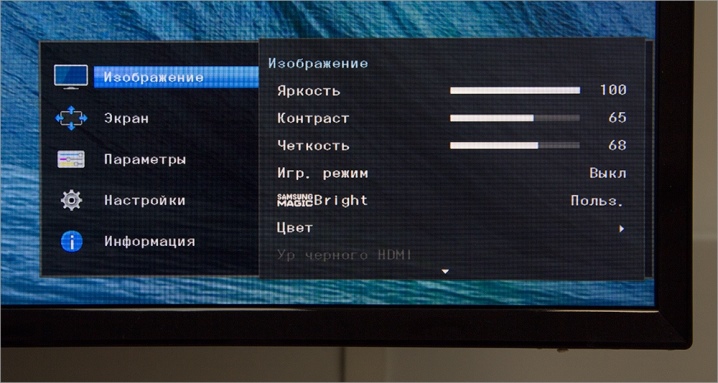
Contrast
When setting the most accurate level of this setting, a clear detailing of the scale elements appears. If the setting is incorrect, a negative effect appears on some areas of the skin. After adjusting this parameter, you need to check the brightness again. Most likely, the installed settings received some changes. Then you need to check the contrast again.
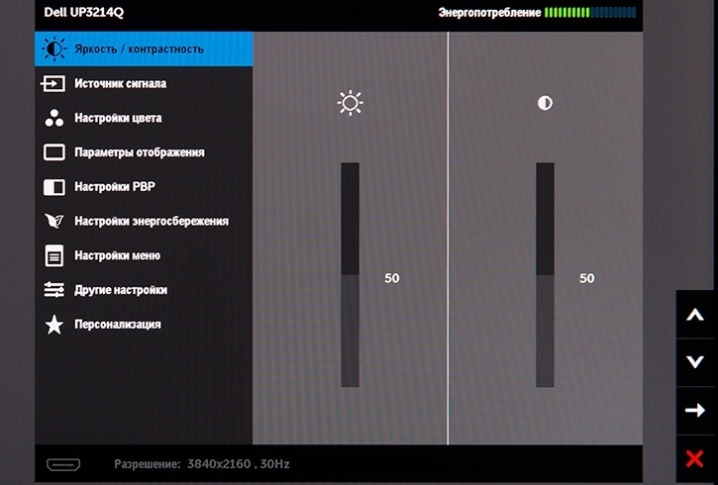
Color palette correction
In this case, very it is important to find a middle ground between the dark and light parts of the picture... To set the natural shades of the color palette, it is necessary to reduce the saturation indicator, but make sure that the color of the image does not disappear. In the example we have chosen, an indicator of correct correction is the color of the skin and face. Find a middle ground between dark and light areas. To set a natural color palette lower the saturation, but at the same time avoid underestimating the color.
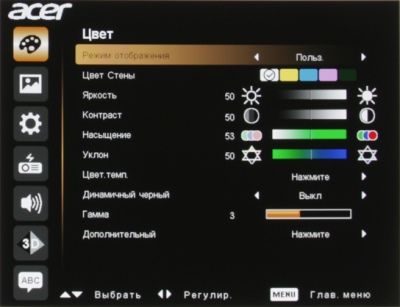
Definition
This parameter is checked in the area of connection of 2 lanes. There should be no shadows or lightened halos in these segments. However, this definition of clarity is rarely readjusted. The factory settings in this case have an appropriate level.
This completes the process of setting up video for watching TV through your home theater.
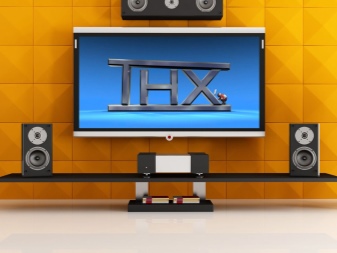

How do I adjust the sound?
After connecting the home theater and setting up the video image, you can begin to "design" high-quality sound. The selection of the appropriate parameters occurs through the menu of the receiver displayed on the TV screen. The adjustments are made using the remote control.
- First of all, the bass adjustment of the front and rear speakers is carried out.... If the speakers are small, select “Small” in the menu.For large speakers, “Large” is the optimal setting.
- When adjusting the center speaker, it is recommended to set it to “Normal”. And for the best sound quality, you need to switch the parameter to “Wide”.
- If it was not possible to place the elements of the home theater in a circular position, it is necessary to delay the signal of the center speaker, since it is located farther than the rear or front elements of the audio system. Calculating the ideal speaker distance is fairly straightforward. A sound delay of 1 millisecond corresponds to a distance of 30 cm.
- Next, you need to adjust the volume. For this, the priority level is selected on the receiver or on individual channels.
- Then the sound is turned on and manual adjustment is performed optimal parameters.
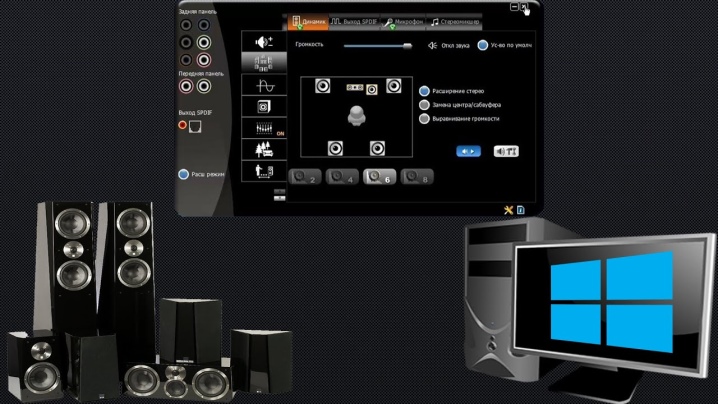
There are no peculiarities for connecting wires to a home theater. The connection can be routed out via tulips or HDMI wire. At the same time, HDMI is able to convey information from the carrier as clearly as possible. But the basic parameters differ significantly by the type of model and brand. Therefore, in the menu you can see functions that were out of the question. In this matter, it is necessary to be guided by the instruction manual.
The connection process itself is a mechanical job that even a child can handle.
It is enough to insert the wires into the corresponding connectors according to the diagram attached to the user's manual.
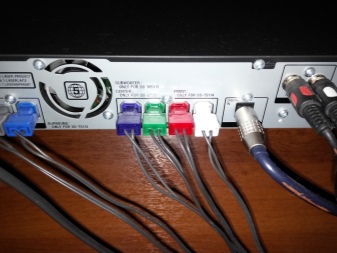
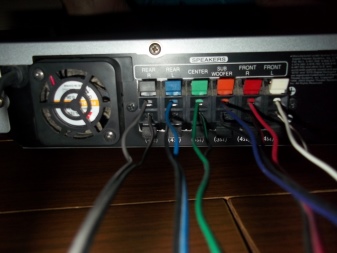
Special attention is paid to setting up acoustics... In home theater systems, these systems consist of 5 or 7 speakers. First, the speakers are connected to the TV, after which they are placed at an acceptable distance from each other around the circumference. Then you need to connect the subwoofer. This procedure is quite simple, which cannot be said about its manual setting, which is advisable to entrust to a professional.
In modern receiver models there are automatic acoustics settings... To debug the sound, the home theater owner will need to connect a microphone to the receiver and place it in the viewing area. In this method of tuning, the microphone will act as a human ear. After starting the automatic optimization mode, the receiver will begin to select the optimal sound frequency options that will most closely match the type of room. This process takes approximately 30 minutes.
After the receiver has performed automatic debugging, it is necessary to carry out a test run. To do this, you need to turn on the music disk and manually correct the sound by removing the cutting frequencies. It is very important not to interrupt the automatic tuner. It is unacceptable to let the final stage take its course. Otherwise, you will have to re-adjust.

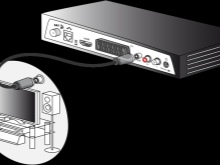

Column placement
Each separate room with its own layout has no analogues. The arrangement of the furniture in the living room plays an important role in the reproduction of the sound of a home theater. And to avoid interference, you need to place the speaker system out of the reach of cabinets or chairs.
Ideally, the placement of the sound system is the same distance between the speakers and the viewer. However, it is very difficult to achieve the corresponding indicators in modern room layouts. Being able to set the front left and right speakers to the required distance is already an excellent indicator.
Ideally, they should be placed at head level about 3 meters from the visual area.

In some models of home theaters, there are as many as 9 elements of the speaker system. These are the front left speaker, front top left speaker, front right speaker, front top right speaker, center speaker, space left speaker, space left top speaker, space right speaker, space right top speaker, and subwoofer.
The center column should face the viewing area and be at head level. A huge mistake is to determine its location on the floor or above the TV. With this arrangement, it will seem that the actors of the film are speaking the words as if they are in the sky or underground.
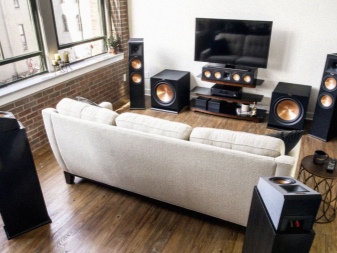

The rear speakers can be installed close or far from the viewing area. But the best option is put them behind the spectator area, just above the level of the head. The distance should be kept as equal as possible to get the clearest and best sound possible. In this case, you should not direct the speakers directly at the viewer - it is best to turn the speakers slightly to the side.
Installing a subwoofer is a big deal... Incorrect placement distorts and overestimates audio frequencies. It is best to choose a location for the subwoofer away from corners, closer to the front speakers. On top of the subwoofer, you can put a houseplant or use the structure as a coffee table.
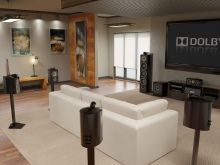

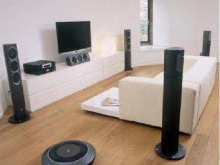
For information on how to connect your home theater to a TV, see the following video.












The comment was sent successfully.